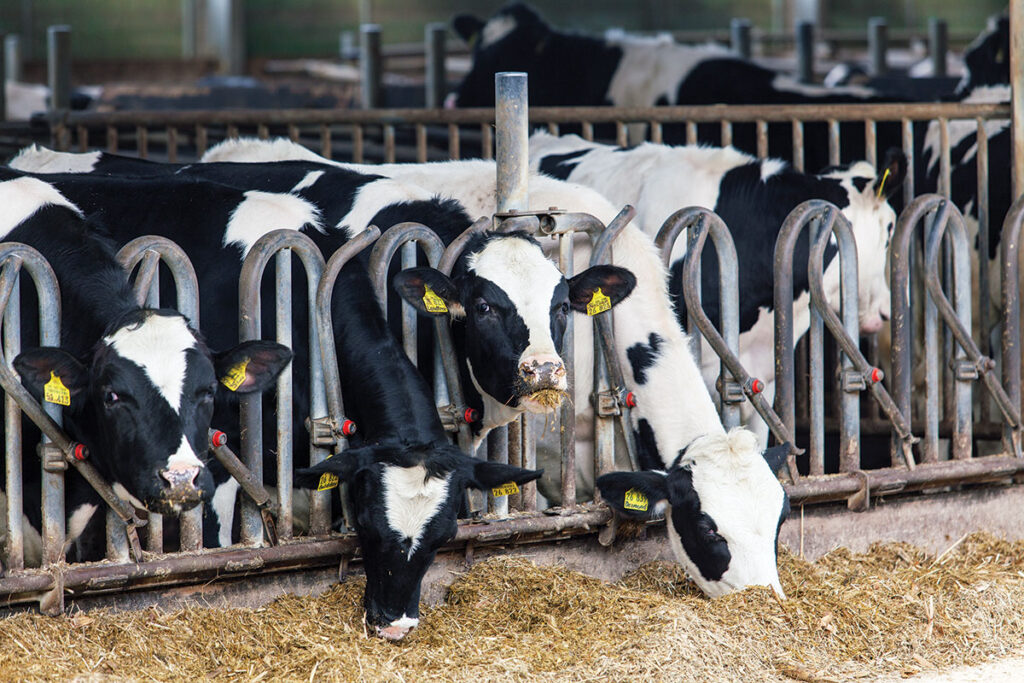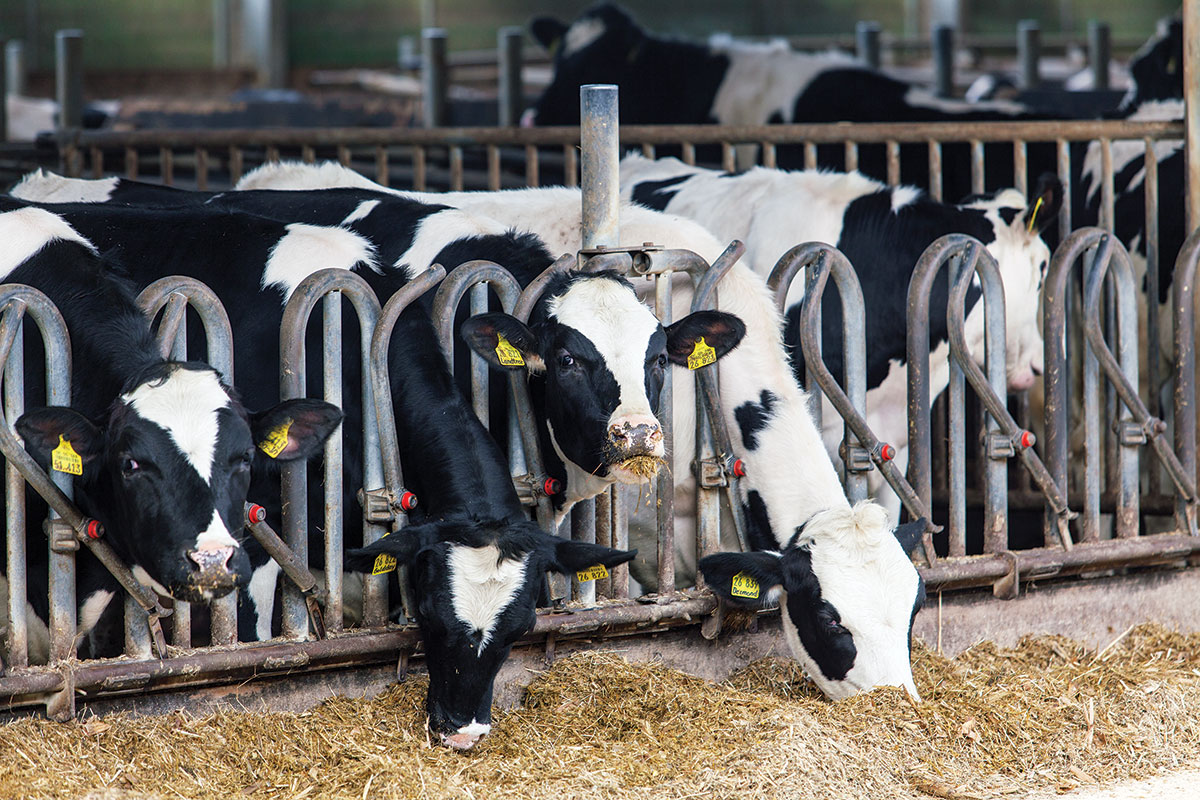
Homegrown forages and constant monitoring are keys to success
Nutrition plays a major role in milk production. Consulting with a nutritionist or extension expert can help guide producers in the specific requirements for their particular operation. However, there are steps all dairy producers can take to improve milk production through nutrition.
If producers grow their own high-quality forage, they can increase milk yield and gain a financial advantage. “Without a doubt, especially in the milk market right now, the most important thing a dairy producer can do is create high-quality, homegrown forage to give them a competitive edge financially in this milk market,” Reagan Bluel, dairy specialist with the University of Missouri Extension, said.
The current commodities market highlights the need for dairies to produce their own forages. Corn and soybean meal prices continue to climb, cutting into producers’ bottom lines. Since producers cannot control some of the input costs such as corn and soybean meal prices, producers who have homegrown, highly-digestible forages fair better financially.
In addition, experts suggest dairy cattle benefit nutritionally from homegrown forage. “The cows just perform better,” Bluel explained. “They are healthier. Their rumen is healthier. Their productivity is better. They breed back better and everything just works better when you have high-quality forage put up.”
Nutritionists advise a general rule of thumb when feeding milk cows is to remember the numbers 20-30-40. Twenty percent crude protein, 30 percent Acid Detergent Fiber (ADF) and 40 percent Neutral Detergent Fiber (NDF).
In order to adequately follow those guidelines, producers need to know the nutritional values of their dry forages. “You can’t count those numbers unless you test your hay,” Bluel said. “It’s really incredible how many producers don’t test their forages. Even if you do have homegrown forages, you have to know what you are feeding in order to best balance your ration.”
Dairy producers can gain a competitive advantage if they test their hay. The test will give them information about the fiber concentration and digestibility of the fibers they are feeding their animals.
Once farmers know exactly what their animals are getting nutritionally, the next step is constant monitoring. Nutritionists advise if farmers are feeding a Total Mixed Ration (TMR), they should evaluate the total intake, the changes in silage dry matter, the ration and any other subtle differences in the TMR. “For example, what do you do if it rains and all of a sudden the silage on top of the pile weighs more but does not contain more nutrition – it is just moisture,” Bluel proposed. “There are so many complexities to consider.”
Research suggests producers who focus on nutrition and management when their animals are calves, are more likely to have high-producing dairy cows in the future. Plenty of water and comfortable housing also play a role in optimizing milk production in dairy cows. For higher producing cows, producers may want to consider adding fats, rumen undegradable protein and other feed additives.
Due to the abundance of intricacies in feeding dairy cattle, leaning on experts for help can make a difference. Nutritionists and experts with local extension offices are available to guide dairy farmers in nutrition-based decisions for their herds. There are different nutritional requirements based on where the herd is in regards to the animals’ stage of lactation, the time of year and the type of operation.






